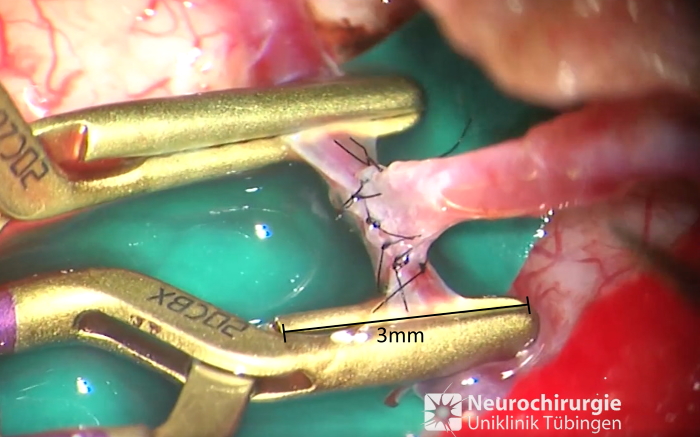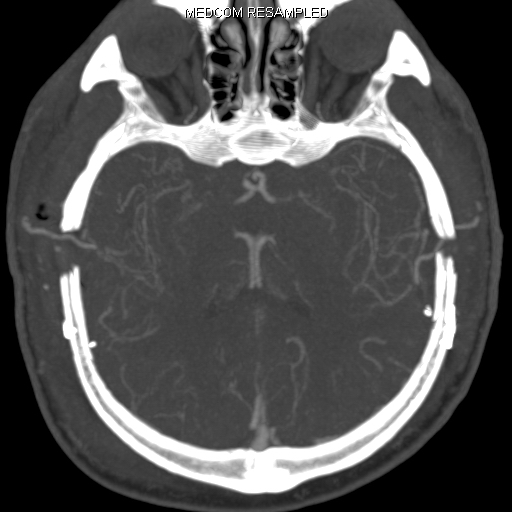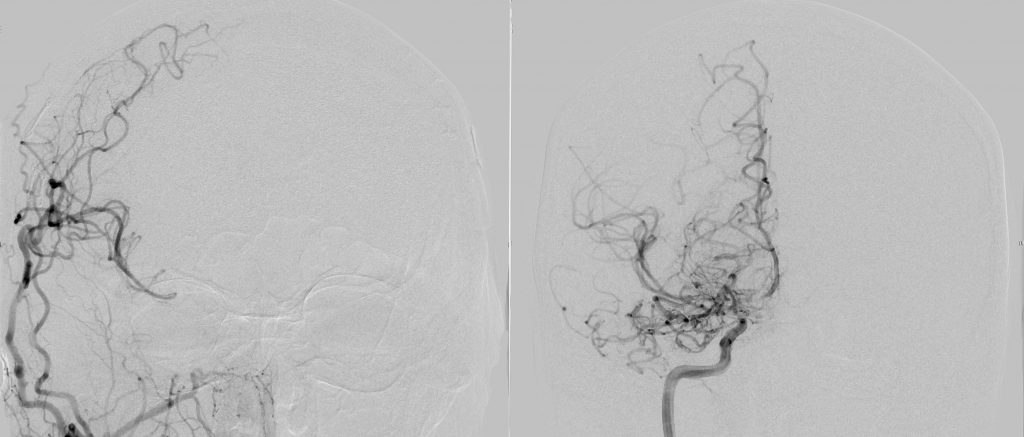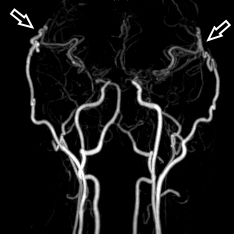Therapy of Moyamoya Disease
The therapeutic options for Moyamoya disease are wide-spread and must be tailored for each individual patient. This may only be done reliably with the help of special diagnostics. In general, a distinction must be made between conservative and surgical treatment:
Conservative treatment
Conservative treatment can be recommended if Moyamoya is present and diagnosed, but the cerebral circulation reserves are still sufficient in imaging. In such a case, we usually recommend the permanent use of blood thinning medication (Aspirin), a sufficient daily fluid intake (2-3l / d) and a good adjustment of blood pressure in the upper normal range. Depending on the clinical and imaging findings, we then schedule the next follow-up appointments for each patient individually.
Surgical treatment

If surgical treatment is required, a direct EC-IC (extracranial-intracranial bypass connecting a superficial artery of the external skull with a superficial cerebral artery; most commonly the so called-STA-MCA Bypass between the superficial temporal artery and the middle cerebral artery) is usually performed. Since the diameter of the donor vessel and the vessel at the brain surface is usually below 1mm, it requires much experience to not damage the very-thin vessel wall. For this procedure special and very fine instruments are used and the two vessels are connected under a high-resolution surgical microscope with several 0.2mm thin sutures. Once the connection is made, the brain is immediately supplied with extra blood, preventing strokes. Depending on the need, the donor vessel might grow over time and can thus supply large parts of the brain. In general, such a direct bypass is always the therapy of choice, as more blood is supplied directly to the brain. In the rare case of a direct connection being unsuitable due to inappropriate recipient or donor vessels, an indirect bypass can also be placed. For this procedure a well-vascularized layer of tissue of the head is placed on the surface of the brain and the sprouting of vessels is expected, which will then provide the brain with more blood over time.
Overall, each human has six cerebral vascular territories (2x anterior, middle, and posterior territory). Depending on the diagnostic findings, up to six territories might need to be revascularized, which however is very rare. In order to reduce the burden of several surgeries on our patients, we place up to two direct bypasses in one surgery.
Due to many years of experience and established procedures in bypass surgery, the operation usually takes about 2-3 hours if a direct bypass is placed. The total stay in the hospital is about 1 week.



